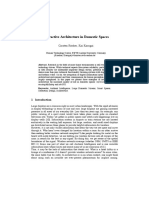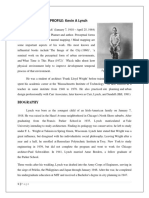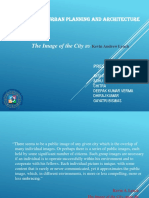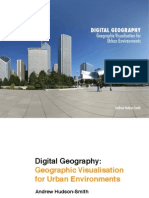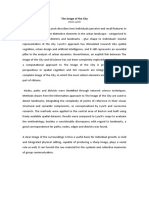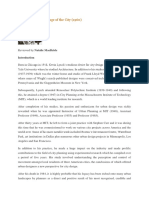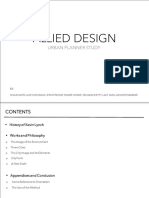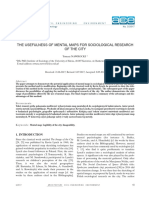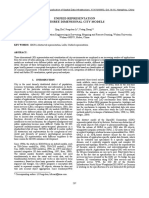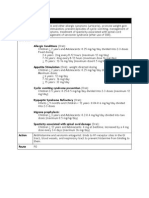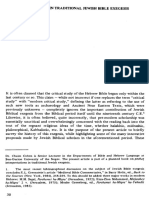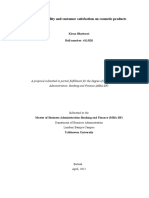0% found this document useful (0 votes)
76 views17 pagesMapping Psihologic Virtual Planning
urbanplanning, landscape, arhitectura, planificare urbana
Uploaded by
Ruxi NeaguCopyright
© © All Rights Reserved
We take content rights seriously. If you suspect this is your content, claim it here.
Available Formats
Download as PDF, TXT or read online on Scribd
0% found this document useful (0 votes)
76 views17 pagesMapping Psihologic Virtual Planning
urbanplanning, landscape, arhitectura, planificare urbana
Uploaded by
Ruxi NeaguCopyright
© © All Rights Reserved
We take content rights seriously. If you suspect this is your content, claim it here.
Available Formats
Download as PDF, TXT or read online on Scribd
/ 17















